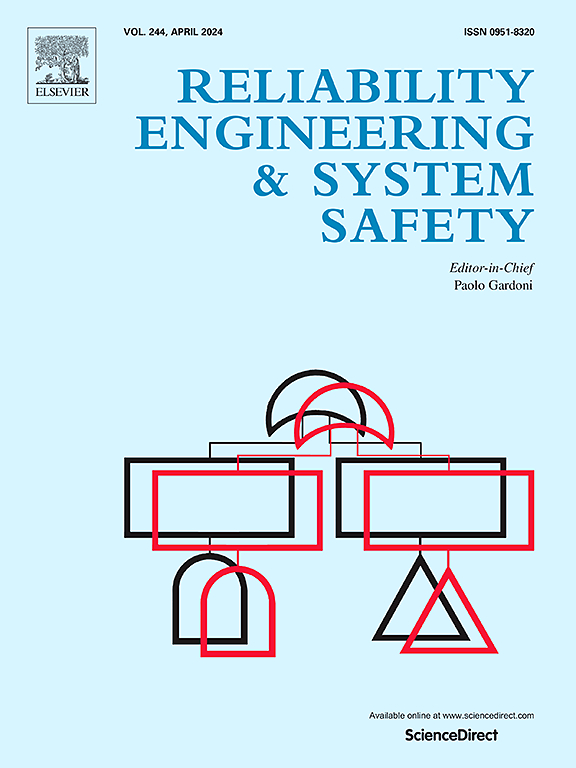A novel active learning stochastic Kriging metamodel for improving reliability and stability of additive manufacturing processes
IF 9.4
1区 工程技术
Q1 ENGINEERING, INDUSTRIAL
引用次数: 0
Abstract
Instability in the manufacturing process may lead to significant differences in product quality characteristics under the same set of process parameters, thus directly affecting the reliability and consistency of the product. Reducing quality variation by optimizing process parameters is the key to improving process stability. Process instability results in quality characteristic data with a low signal-to-noise ratio, thereby affecting the optimization and control of process parameters. Furthermore, high manufacturing costs also restrict the sample size available for training models. To identify more robust process parameters at a lower cost and ensure product quality consistency, this study proposes a novel active learning method based on the stochastic Kriging model. Firstly, we considered the necessity of replication and the heterogeneity of variance, establishing a heteroscedastic Gaussian process model that allows for fast inference. Secondly, we proposed an integrated mean squared prediction error (IMSPE) optimization strategy based on an active learning method to balance replication and exploration with fewer samples. Finally, numerical examples demonstrated the effectiveness and advantages of the proposed modeling and active learning methods. A 3D printing case further confirmed that the proposed method outperforms other competing methods regarding model prediction performance and the robustness of optimal process parameters.
求助全文
约1分钟内获得全文
求助全文
来源期刊

Reliability Engineering & System Safety
管理科学-工程:工业
CiteScore
15.20
自引率
39.50%
发文量
621
审稿时长
67 days
期刊介绍:
Elsevier publishes Reliability Engineering & System Safety in association with the European Safety and Reliability Association and the Safety Engineering and Risk Analysis Division. The international journal is devoted to developing and applying methods to enhance the safety and reliability of complex technological systems, like nuclear power plants, chemical plants, hazardous waste facilities, space systems, offshore and maritime systems, transportation systems, constructed infrastructure, and manufacturing plants. The journal normally publishes only articles that involve the analysis of substantive problems related to the reliability of complex systems or present techniques and/or theoretical results that have a discernable relationship to the solution of such problems. An important aim is to balance academic material and practical applications.
 求助内容:
求助内容: 应助结果提醒方式:
应助结果提醒方式:


